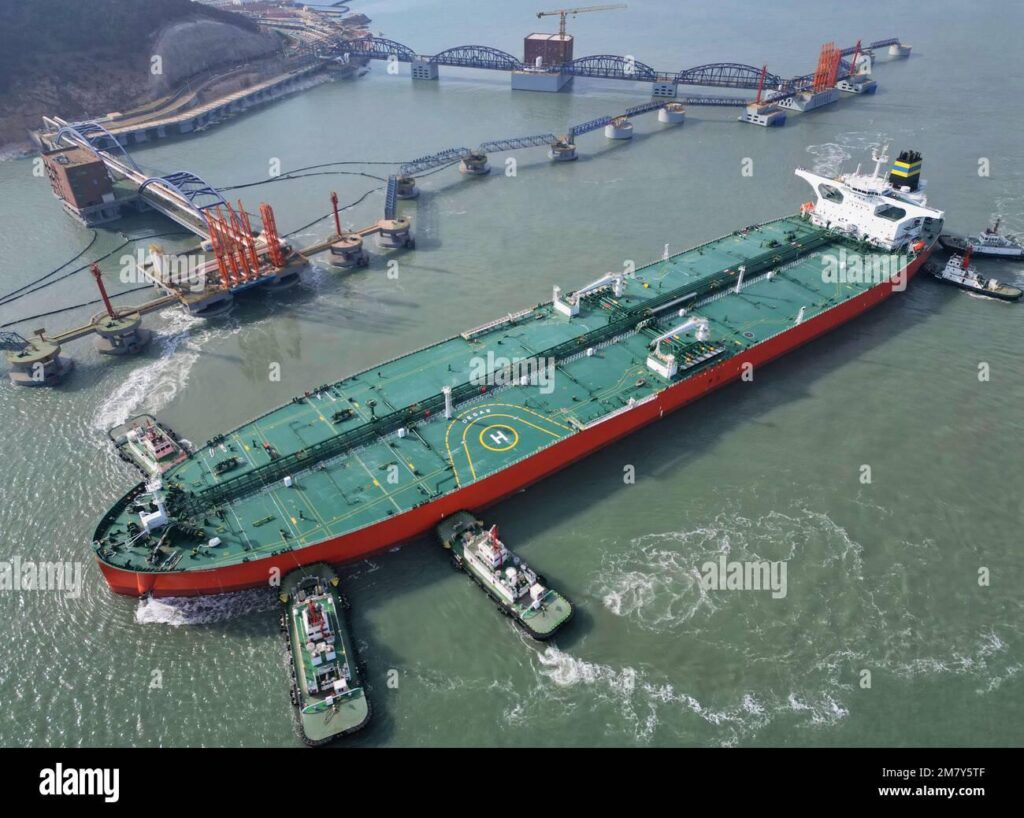In the intricate dance of automotive economics, China prepares to waltz into uncharted regulatory territory. The nation’s recent blueprint targets a peculiar segment of the used car market: vehicles with virtually untouched odometers. As zero-mileage second-hand cars navigate the complex landscape of buyer expectations and potential market manipulation, Beijing signals a potential game-changing intervention. This emerging policy shift promises to reshape how consumers and dealers perceive and transact these barely-driven automotive treasures, potentially sending ripples through China’s dynamic automotive ecosystem. In a significant move targeting the automotive resale market, Chinese regulators are preparing to implement stringent measures against zero-mileage used car transactions. These proposed regulations aim to curb speculative practices and ensure transparency in vehicle sales.
The new guidelines specifically target dealers who purchase vehicles directly from manufacturers and immediately list them as used cars without substantial mileage.This practice has been a persistent issue in the Chinese automotive secondary market, enabling sellers to circumvent pricing regulations and potentially manipulate market dynamics.Under the proposed framework, dealerships will face stricter documentation requirements and potential financial penalties for misrepresenting vehicle conditions. Regulatory bodies are developing comprehensive verification mechanisms to track vehicle ownership transfers and validate mileage claims.Industry experts suggest this crackdown could fundamentally reshape used car trading practices. Dealers will need to develop more sophisticated inventory management strategies and prioritize genuine vehicle history documentation. The regulations are expected to introduce more rigorous screening processes for vehicle resale transactions.
The automotive sector has witnessed significant growth in used car markets, with digital platforms and traditional dealerships competing for market share. These new regulations represent a calculated effort to bring greater accountability and standardization to the industry.
Economic analysts predict the move will potentially stabilize pricing mechanisms and protect consumer interests.By eliminating artificial inflation through zero-mileage manipulations, the market could experience more transparent and fair trading environments.
Technology will play a crucial role in implementing these regulatory changes.Advanced tracking systems and blockchain-enabled documentation platforms might emerge as critical tools for verifying vehicle histories and preventing fraudulent listings.
The proposed crackdown reflects broader governmental efforts to enhance market regulation across various economic sectors. Automotive industry stakeholders are closely monitoring the potential implications of these regulatory shifts.
Small and medium-sized dealerships might face the most significant challenges in adapting to these new requirements. Investments in compliance infrastructure and enhanced record-keeping systems will become essential for continued market participation.
Consumer protection remains a central motivation behind these regulatory interventions. Potential buyers will benefit from more reliable details about vehicle origins, maintenance histories, and actual usage conditions.
The automotive ecosystem in China continues to evolve rapidly, with technological innovations and regulatory frameworks constantly reshaping market dynamics. These proposed regulations represent another critical step in creating a more accountable and transparent used car marketplace.
Financial markets and automotive industry investors are watching these developments closely, anticipating potential ripple effects across related economic segments.








